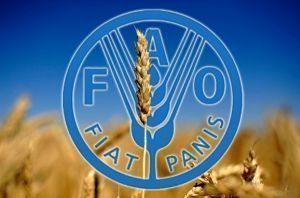The FAO food price index for grain is growing, despite an increase in supply

In January, the food price index of FAO has grown significantly, mainly due to the increase in prices of sugar and cereals, although the level of the world market remains high.
Its average value in January 2017 of 2.1 per cent higher than in December and 16.4% against Jan 2016, made up of 173,8%, which was the highest figure of the last two years.
the FAO food price Index for sugar increased during the month by 9.9% due to fears of shortages in Brazil, India and Thailand.
the FAO food price Index for grain for the month rose by 3.45 to a six-month high, however, grain quotations continued to grow. Wheat prices increase due to fears that adverse weather conditions affect the crop of 2017, and in connection with the news about the reduction in acreage in the United States. The rise in corn prices due to uncertain prospects for the harvest in South America. Rice prices are rising because of reduced exports from India.
Although in 2016 it was recorded five years of continuous decline, in January, he scored the tireless semi-annual growth.
the FAO food price Index for vegetable oils grew by 1.8% due to the reduction of palm oil stocks and the slow growth of production volumes in Asia. The price of soybean oil decreased on the background of large global reserves.
the FAO food price Index for dairy products was unchanged, although during the may-December 2016 he grew up just 50%.
the FAO food price Index for meat has not changed. The reduction of beef exports from Australia are offset by falling prices for lamb and other meats.


